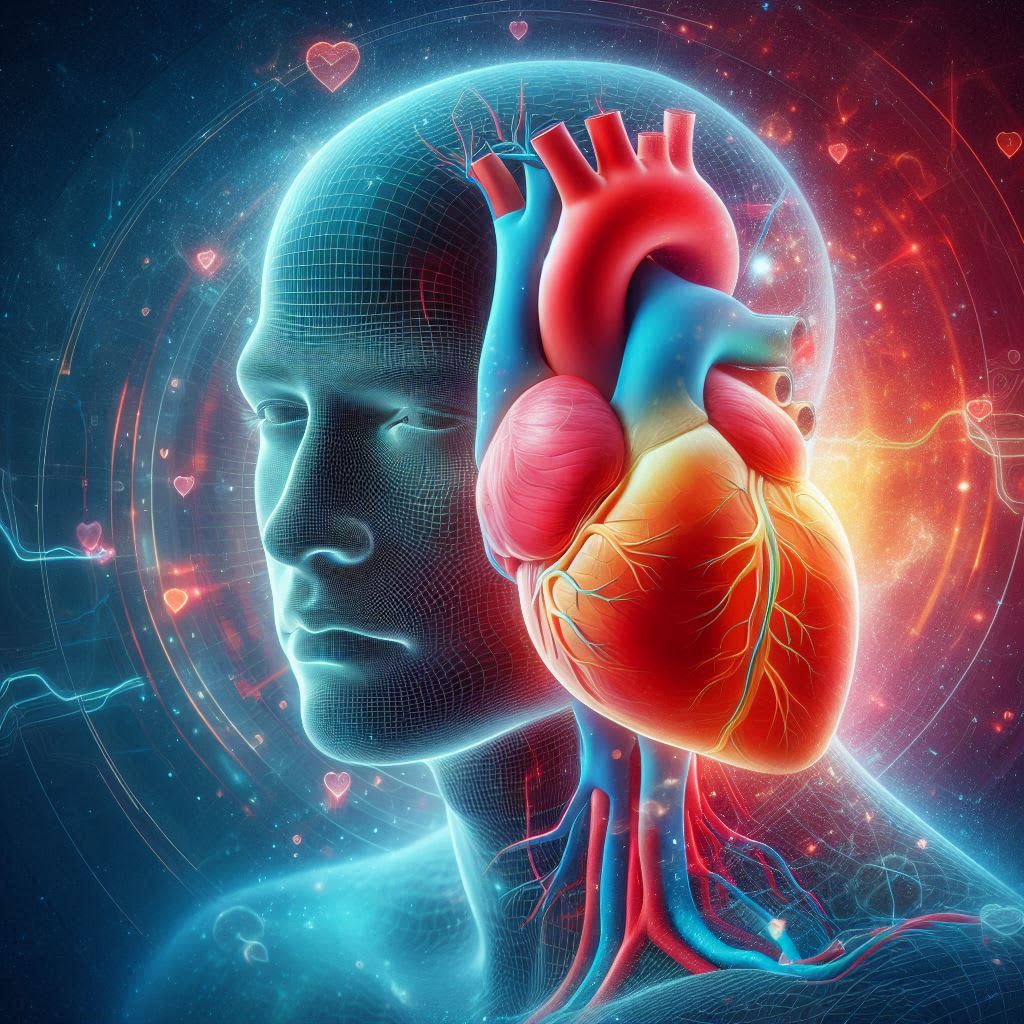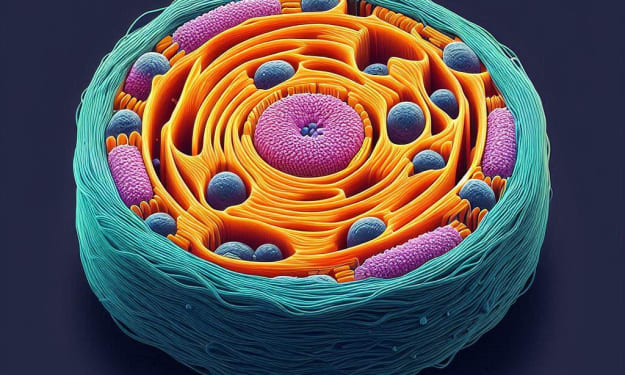The Untiring Powerhouse Within: Unveiling the Secrets of Cardiac Muscle Health
The Vital Engine: A Deep Dive into Your Heart's Powerhouse - Cardiac Muscle Structure, Health, and the Future

The Vital Engine: A Deep Dive into Your Heart's Powerhouse - Cardiac Muscle Structure, Health, and the Future
The human heart, a tireless pump silently orchestrating the symphony of life, relies on a unique type of muscle tissue: cardiac muscle. Unlike the muscles you control to move your arm, cardiac muscle works tirelessly, day and night, ensuring a constant flow of blood that nourishes every cell in your body. But what exactly makes this muscle so special, and how can a deeper understanding of its structure empower us to maintain a healthy heart in today's world?
Unveiling the Microscopic Marvel: The Structure and Function of Cardiac Muscle
Imagine millions of tiny, interconnected bricks forming a powerful engine that never needs a break. That's essentially what cardiac muscle is. Each brick, a cardiac myocyte, is a striated (banded) cell packed with specialized structures called sarcomeres. These sarcomeres, the fundamental units of contraction, contain protein filaments – actin and myosin – that slide past each other, generating the force that propels blood.
But cardiac muscle goes beyond skeletal muscle's simplicity. Its unique features include:
- Branching Fibers: These interconnected fibers create a strong, interwoven network, crucial for coordinated contraction. Think of them like the trusses in a bridge, distributing the workload and preventing weak points.
- Centrally Located Nuclei: Unlike skeletal muscle cells with multiple nuclei scattered around, cardiac muscle cells typically have one or two centrally located nuclei. This limited regenerative capacity highlights the importance of protecting these irreplaceable cells.
- T-tubules: These deep invaginations of the cell membrane bring the electrical signal deep into the cell, ensuring rapid and synchronized contraction. Imagine them as an intricate network of wires delivering the spark to ignite the engine.
- Intercalated Discs: These specialized junctions act like bridges between cardiac myocytes. They contain two key components:
- Adherens Junctions and Desmosomes: These act like glue, holding the cells together and preventing them from pulling apart during forceful contractions. Think of them as the rivets securing the bridge's structure.
- Gap Junctions: These tiny channels allow electrical impulses to pass seamlessly from cell to cell, ensuring a coordinated wave of contraction that propels blood efficiently. Imagine them as miniature tunnels allowing rapid communication between the bridge's components.
The Heart's Own Conductor: The Electrical Control System
Cardiac muscle is a marvel of self-sufficiency. It's "myogenic," meaning it can generate its own electrical impulses, thanks to specialized pacemaker cells in the sinoatrial (SA) node. These cells act like a conductor, setting the pace for the heart's rhythm. The electrical signal then travels to the atrioventricular (AV) node, another control point, before being distributed throughout the heart via the Purkinje fibers. These specialized fibers, with their high levels of glycogen for rapid energy production, conduct the electrical impulse at lightning speed, ensuring synchronized contraction of the ventricles, the heart's powerful pumping chambers.
Powering the Engine: The Role of Mitochondria
Within each cardiac myocyte lies a powerhouse: mitochondria. Often referred to as the "cell's power plant," these organelles are essential for generating ATP, the energy currency needed for sustained contractions. A healthy heart muscle is rich in mitochondria, allowing it to pump blood efficiently throughout the day.
The Symphony of Contraction: How Calcium Orchestrates the Beat
The coordinated contraction of cardiac muscle relies on a delicate dance between calcium ions and proteins within the sarcomeres. When an electrical impulse arrives, it triggers the release of calcium ions from storage within the cell. These calcium ions bind to troponin, a regulatory protein, which in turn removes a block on the myosin binding sites on actin filaments. This allows myosin heads to bind to actin and initiate the power stroke, causing the sarcomere to shorten and the heart muscle to contract. Relaxation occurs when calcium is pumped back into storage, allowing the myosin heads to detach from actin.
Beyond the Basics: The Future of Cardiac Muscle Research
The field of cardiac muscle research is constantly evolving. One exciting area of exploration is the potential of stem cell therapy to regenerate damaged heart muscle after a heart attack. Scientists are investigating ways to introduce stem cells into the heart, where they can potentially differentiate into new cardiac myocytes or support the survival of existing ones. Additionally, researchers are developing bioengineered heart tissues that could be used to repair or replace damaged heart muscle. These advancements offer hope for the future of cardiac health.
When the Engine Falters: Clinical Conditions Affecting Cardiac Muscle
Despite its remarkable strength, cardiac muscle is not immune to challenges. Here are some common clinical conditions that can affect its function:
- Hypertrophy: When the heart is subjected to chronic stress, such as high blood pressure, the muscle cells can thicken in a process called hypertrophy. While initially compensatory, allowing the heart to pump more blood against increased pressure, excessive hypertrophy can stiffen the heart, hindering its pumping efficiency and eventually leading to heart failure.
- Cardiomyopathy: This is a general term for diseases affecting the heart muscle, leading to weakened or enlarged heart chambers. Different types of cardiomyopathy can have various causes, including genetic factors, viral infections, and certain toxins.
Arrhythmias: When the intricate electrical dance within the heart is disrupted, abnormal heart rhythms, or arrhythmias, can occur. These can range from harmless to life-threatening, depending on the severity. Causes include damage to the heart muscle, such as from a heart attack, imbalances in electrolytes, or certain medications.
Understanding Your Heart: Why This Matters in Today's World
Maintaining a healthy heart is crucial for overall well-being, especially in today's fast-paced world. Here's how a deeper understanding of cardiac muscle empowers you:
- Early Detection: Recognizing risk factors like high blood pressure, cholesterol, and diabetes can help prevent conditions that damage the heart muscle. Early detection and intervention are key to maintaining a healthy heart.
- Lifestyle Changes: A healthy diet rich in fruits, vegetables, and whole grains, combined with regular exercise and stress management, can significantly reduce the risk of heart disease. Understanding the importance of a healthy lifestyle empowers you to make informed choices that benefit your heart.
- Seeking Help: If you experience symptoms like chest pain, shortness of breath, or unusual heart palpitations, early diagnosis and treatment can prevent complications. Don't hesitate to seek medical attention if you experience any concerning symptoms.
- The Vital Role of Social Determinants: While individual choices significantly impact heart health, it's important to acknowledge the role of social determinants. Access to healthy food options, safe neighborhoods for physical activity, and quality healthcare can significantly influence cardiac health across different populations. Advocating for policies that promote these factors can contribute to a healthier society overall.
The Heart: A Testament to Human Ingenuity
The human heart is a remarkable engineering marvel, a testament to the ingenuity of nature. By understanding its building blocks, the cardiac muscle cells, and the intricate electrical control system, we gain the power to take charge of our heart health. By adopting a heart-healthy lifestyle, seeking medical attention when needed, and advocating for policies that promote overall well-being, we can ensure this vital engine keeps beating strong, allowing us to live long and fulfilling lives.
About the Creator
suren arju
Hi there! I'm Suren, your startup guide. Entrepreneur, writer, dreamer - I share insights, tips & stories to fuel your startup journey. Ready to explore, learn & win together? Join me & let's redefine how we launch, learn & leap!
Enjoyed the story? Support the Creator.
Subscribe for free to receive all their stories in your feed. You could also pledge your support or give them a one-off tip, letting them know you appreciate their work.





Comments
There are no comments for this story
Be the first to respond and start the conversation.